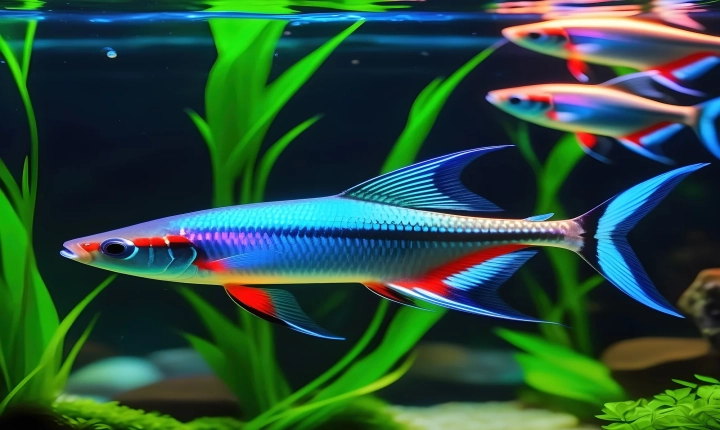Can AI Understand Art?
Art, by its very nature, is a deeply human expression. It reflects the thoughts, emotions, and experiences of the artist, and seeks to evoke a similar response in the viewer. Given this deeply personal and emotional aspect of art, can artificial intelligence truly understand and appreciate it?
In recent years, AI has made tremendous progress in various fields, including music, literature, and visual arts. AI has been used to create paintings, compose music, and even write poetry. However, the question remains: can AI truly comprehend the complexities and nuances of art in the same way that humans do?
One of the key challenges in teaching AI to understand art is the subjective nature of artistic interpretation. Each individual may have a unique response to a piece of art, based on their personal experiences, cultural background, and aesthetic sensibilities. Teaching AI to comprehend and appreciate this diversity of human responses is a monumental task.
Nevertheless, progress has been made in this area. AI algorithms have been developed to analyze and interpret visual artworks, identifying stylistic elements, color palettes, and composition. These algorithms can categorize and classify artworks based on their visual characteristics. In essence, AI can learn to recognize and differentiate between different styles of art.
Furthermore, AI has been used to generate new artworks based on existing styles, a process known as style transfer. By analyzing a dataset of artworks, AI can learn to create new pieces that imitate the style of a particular artist or art movement. While it may not possess the same emotional depth or personal significance as a human-crafted artwork, AI-generated art has gained attention and recognition in the art world.
On the other hand, the emotional and conceptual aspects of art present a more significant challenge for AI. The ability to convey a message, provoke an emotional response, or reflect the human condition through art is a uniquely human capacity. While AI can analyze and imitate visual styles, it struggles to capture the essence of human experience that often lies at the heart of artistic expression.
Additionally, the cultural and historical context of art presents another layer of complexity for AI to understand. Art is deeply intertwined with the societies and cultures in which it is created, often serving as a reflection of the values, beliefs, and aspirations of a particular time and place. Teaching AI to comprehend and contextualize these cultural dimensions of art would require a deep understanding of history, sociology, and anthropology.
In conclusion, while AI has made significant strides in analyzing and imitating the visual elements of art, the deeper emotional and cultural aspects remain elusive. While AI-generated art may offer an interesting perspective on artistic styles and techniques, it is unlikely to fully capture the depth and richness of human artistic expression.
As technology continues to advance, it is possible that AI may eventually develop a deeper understanding and appreciation of art. However, the fundamental nature of artistic expression as a deeply human endeavor suggests that the essence of art may always remain beyond the reach of AI. Nonetheless, the intersection of AI and art continues to be a fascinating and evolving field, offering new insights and opportunities for creative exploration.
